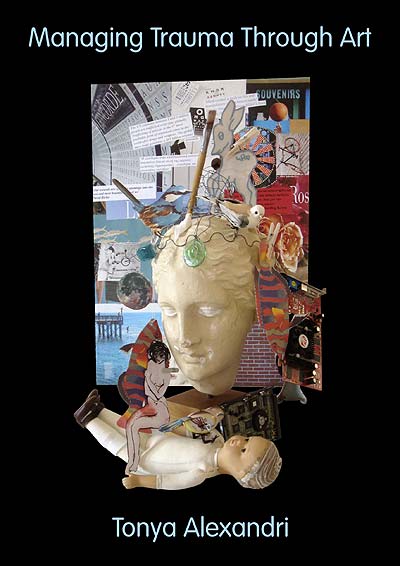Statistics
- The United Nations estimates between 1 and 4 million people are trafficked every year globally. Trafficking of persons is the 3rd most profitable form of organized crime in the world after drugs and weapons. The global slave trade generates a $95 billion revenue annually.
- There are no national statistics on child abuse in Greece, mainly because the authorities are not obliged to report cases. http://www.humanium.org/en/greece/
- One out of four women is sexually molested by the time she is eighteen. Five thousand women died within a seventeen-month period preceding the terrorist attacks of 9/11 (in which 2,948 people perished) — a result of domestic violence. Fearless Confessions: A Writer’s Guide to Memoir, Sue William Silverman (2010-01-25), University of Georgia Press, Kindle Edition
- According to a John Jay College of Criminal Justice study commissioned by the United States Conference of Catholic Bishops, eleven thousand allegations of sexual abuse were made between 1950 and 2002. Yet 30 percent weren’t even investigated because the alleged perpetrator had died, leaving thousands of victims — the majority of them male — without recourse. Fearless Confessions: A Writer’s Guide to Memoir, Sue William Silverman (2010-01-25), University of Georgia Press, Kindle Edition
- Facts and statistics from Australia
Facts and statistics from Bravehearts, concerning child sexual assault http://www.earlyyears.org.au/__data/assets/pdf_file/0020/155207/Johnston_Hetty.pdf
This paper, which was submitted by Bravehearts to the Royal Commission into Institutional Responses to Child Sexual Assault in 2013, also includes facts and statistics http://www.childabuseroyalcommission.gov.au/getattachment/5114e6a5-e8d9-4302-b18f-ee91e65d5734/63-Bravehearts - Human Rights Violation http://endviolence.un.org/situation.shtml
Violence against women and girls is not confined to any particular political or economic system, but it is prevalent in every society in the world. It cuts across boundaries of wealth, race and culture. It is an expression of historically and culturally specific values and standards which are today still executed through many social and political institutions that foster women’s subservience and discrimination against women and girls.
International and regional legal instruments have clarified the obligations of States to prevent, eradicate and punish violence against women and girls. The Convention on the Elimination of All Forms of Discrimination against Women (CEDAW) requires that countries party to the Convention take all appropriate steps to end violence. However, the continued prevalence of violence against women and girls demonstrates that this global pandemic of alarming proportions is yet to be tackled with all the necessary political commitment, action and resources.
Countries have made some progress and initiatives developed to address and prevent violence against women and girls have increased throughout the world in recent years. However, gaps still remain in too many countries.
Fast Facts from UNITE http://endviolence.un.org/situation.shtml
• Up to 7 in 10 women around the world experience physical and/or sexual violence at some point in their lifetime
• 603 million women live in countries where domestic violence is not yet considered a crime.
• As many as 1 in 4 women experience physical or sexual violence during pregnancy.
• Over 60 million girls worldwide are child brides, married before the age of 18.
• Approximately 250,000 to 500,000 women and girls were raped in the 1994 Rwandan genocide. - Post-traumatic Stress Disorder (PTSD) is something of an invisible epidemic. It is certainly far more widespread than most people realize. For example, a prime cause of PTSD is childhood sexual abuse. About 16% of American women (about 40 million) are sexually abused (including rape, attempted rape, or other form of molestation) before they reach their 18th birthday.
Douglas Bremner, M.D (faculty member of the Departments of Diagnostic Radiology and Psychiatry, Yale University School of Medicine, Yale Psychiatric Institute, and National Center for PTSD-VA Connecticut Healthcare System) The Invisible Epidemic: Post-Traumatic Stress Disorder, Memory and the Brain http://www.thedoctorwillseeyounow.com/content/stress/art1964.html
Written by Tonya Alexandri
Trauma has only surfaced into public consciousness over the past century always in affiliation with a political movement (Herman, 1997). For instance, combat neurosis or shell shock was only studied after the First World War and reached its peak after the Vietnam War and it coincided with the anti-war movement in the USA (Herman, 1997). The more recent trauma to come into public awareness is sexual abuse and its political context was the feminist movement in the 70s (Herman, 1997).

